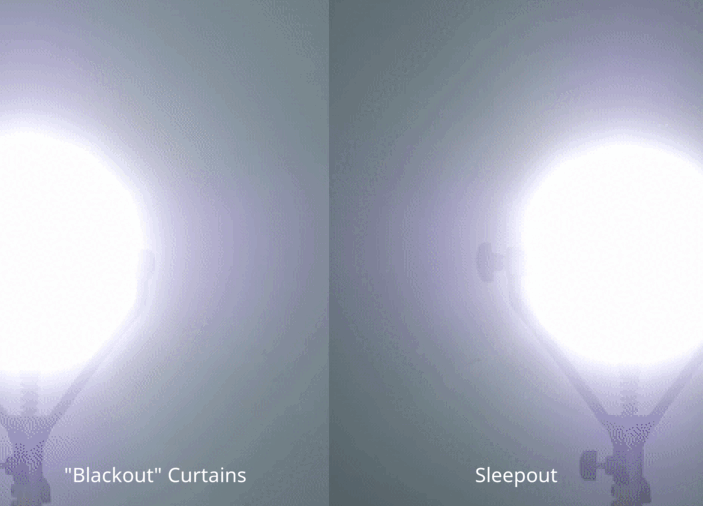Many new parents experience the challenge of their baby relying on feeding to drift off to sleep. This common sleep association can sometimes make it difficult for children to learn to fall asleep independently. In this article, we'll explore when and how babies typically grow out of the need to feed to sleep, and offer some practical tips for gently easing this transition.
Understanding Sleep Associations
A sleep association is any habit that a baby associates with falling asleep. Feeding to sleep is one of the most natural associations because of the comfort it provides. However, as babies grow, it's helpful for them to learn to fall asleep without needing to nurse or bottle-feed.
When Do Babies Naturally Outgrow Feeding to Sleep?
The timing can vary significantly from one child to another. Most babies show signs of being able to fall asleep without feeding between 4 to 6 months old. At this age, they typically start to develop the ability to self-soothe, which includes finding their own ways to fall asleep. However, some might continue the habit longer without intervention, often until they're toddlers.
Signs Your Baby May Be Ready to Stop Feeding to Sleep
- Reduced Night Wakings: If your baby starts sleeping for longer stretches at night without waking for a feed, it might be a good time to start transitioning away from feeding to sleep.
- Increased Interest in Self-soothing: Babies who find their thumb, a blanket, or some other method to soothe themselves might be ready for sleep training.
- Consistent Daytime Eating: As babies grow, they begin to get most of their calorie needs during the day. This shift often reduces their dependency on night feedings for nutritional purposes, making it easier to separate feeding from sleeping.
How to Ease the Transition Away from Feeding to Sleep
Transitioning away from feeding to sleep involves gradual changes in your bedtime routine and how you respond to your baby's nighttime awakenings.
Create a Consistent Bedtime Routine
Establish a soothing routine that doesn't revolve solely around feeding. Incorporate activities such as reading a book, singing a lullaby, or gentle rocking. Over time, these activities will replace feeding as cues for sleep.
Gradually Reduce Night Feedings
Start by eliminating one feeding at a time. You can do this by slowly reducing the amount of milk or the duration of nursing at each session, stretching out the time between feedings, or giving a pacifier instead.
Encourage Self-soothing
When your baby wakes in the night, wait a few minutes before intervening. This pause can give them the opportunity to self-soothe and fall back asleep on their own. If they continue to fuss, try soothing them back to sleep with patting or singing instead of feeding immediately.
Consider Sleep Training Methods
If your baby has difficulty dropping the feed-to-sleep association, consider gentle sleep training methods. Techniques such as the 'Ferber method' or 'chair method' can be effective. These methods encourage babies to fall asleep independently, while still providing reassurance that you're nearby.
Tailoring the Environment for Better Sleep
Creating an ideal sleeping environment can also support this transition. This includes a cool, quiet, and dark room. Blackout curtains, such as Sleepout Home Blackout Curtains, can be particularly helpful. These curtains provide a light-blocking effect that mimics nighttime, helping to cue your baby that it's time to sleep.

The Role of Daytime Naps
Don't underestimate the power of daytime naps in influencing nighttime sleep. Ensuring your baby gets enough sleep during the day can prevent them from being overtired, which often complicates the nighttime routine.
When to Seek Help
If you've tried multiple methods and your baby is still struggling to adapt to sleep without feeding, it may be helpful to consult a child sleep specialist. Sometimes, underlying issues like acid reflux or sleep apnea can make sleep training more challenging.
Conclusion
Moving away from feeding to sleep is a significant milestone in your baby’s development. Each child is unique, so it's important to be patient and responsive to your baby's needs as you navigate this transition. With the right strategies and environment, like incorporating Sleepout's blackout curtains, you can help your child learn to fall asleep independently and enjoy better night's rest.


